-
1SunHeater Design overview
The solution is based on 4 sub-systems:
- The energy collector
- The energy transportation
- The 2 axis sun-tracking system
- The energy distribution inside the house
![]()
SunHeater design overview
-
2The energy collector
The sun reflecting parabol is a very common, DIY plan available solution, widely known mainly as a sun-cooking solution.
Today, it’s easy to find on the market mirror-adhesive films presenting a high efficiency-reflecting rate > 90% for parabol’s construction.
Using a parabol as a collector solution presents the advantage of concentrating, the sun radiation power on a small point, making it easier to transport elsewhere (inside the house in our case).
The system consists of a:
- One main parabol: for collecting the sun radiation and sending it to its focal point
- One secondary parabol: placed at the main’s parabol focus point it sends the main parabol collected radiation back to the main’s parabol summit where the transport system is located.
Such solution presents the interest of placing the concentrated radiation at a very simple collecting point AND having radiation rays arriving with an important incidence angle (close to 180°) to the transport system. This will be necessary for transportation which will rely on the principle of total reflection.
![]()
SunHeater parabol. 1: sun radiation, 2: sun radiation reflected, 3: sun radiation reflected back to the main’s parabol summit for transport
-
3The energy transportation
The first solution to be imagined was a unique straight reflecting pipe from the parabol’s summit to the in-house distribution conducing to the following design:
![]()
However, the rigidity of such system brings a constraint, the roof space availability at the very top of the in-house space to heat.
A more polyvalent solution would be to use a flexible cable transporting the radiation relying on the principal of internal total reflection. In other words, the optical fiber technology approach.
![]()
The materials allowing such total reflection for sunlight minimizing attenuation (absorption by the materials) is still to be determined and will be done during the prototype phase.
The good news is, taking into consideration the parabol design, the incidence angle is as high as possible, close to 180°, giving the maximum flexibility for the choice of the materials.
-
4The sun-tracking system: to have the parabol always facing the sun
The sun tracking system consists of:
1. Two roller shutter/awning motors: These motors are industrial, easy to purchase, cheap, and with a high torque (10Nm being the lowest). Average price of each motor around 30€ new, they are also easy to find second hand.
![]()
2. The sun tracking control will use two “single axis” solar tracking modules, each one controlling a relay connected to the parabol tracking motors.
a. Average price of each tracking module 4€ (Example: the EC BUYING HD-36)
b. Average price of each relay: 5
-
5The energy distribution inside the house
The energy distribution it’s pretty much the opposite of the collector in terms of purpose of course, but also design!
The Solution consists of two pairs of convex reflecting surfaces (which we’ll call “mirrors”), working with the same principle as the collector, but the other way around:
- Sun radiation arrives from transport to the distribution system (1)
- One small convex mirror receives the radiation from transport and reflects it to the main mirror (2)
- The main mirror receives the radiation and reflects it back to the room for heating (3)
![]()
SunHeater distribution. 1: sun radiation, 2: sun radiation reflected to the main mirror, 3: sun radiation reflected to the room for heating
It is to be noted that:
- The size of the distribution system (mirrors) is not related to the size of the collector (parabol). This is exclusively linked to the space between the two mirrors of the distribution system
- The dimensions of the main mirror are calculated based on the focal distance of the small mirror. This is necessary for avoiding radiation reflected back from the small mirror to “hit the ceiling”
This design has the advantage of:
- Once again to be a DIY feasible solution, buildable using mirror-adhesive easy to find films with high efficiency-reflecting rate > 90%.
- It avoids direct radiation entering the room for safety.
-
6Heat control
For controlling the radiation entering the transportation system we will use a servo motor.
The servo motor, which will be controlled from inside the house, will be able to let the radiation enter the transportation system’s partially or entirely by obturating it’s entry.
![]()
SunHeater radiation control at the back of the parabol
Servo motors are among most common and cheap motors on the market, they are widely used for robotics purposes and can be controlled with simple Pulse Width Modulation (PWM) using an Arduino board for example.
-
7Energy excess
As showed earlier on section 2.1 (Evaluating the interest of the SunHeater), depending on the system’s dimensioning there can be an energy availability excess, especially on the summer months on which no heater is required at all.
The collector system can then be used as energy source for other needs such as cooking!
A secondary project would be necessary to further explore this way but using sun energy from the collector could perfectly feed a hybrid electric-solar cooking appliance which will use solar energy whenever available and will complete with electricity for meeting the user’s requested cooking power.
After buiding the SunHeater prototype next project will try to focus on this idea.
The Sun Heater
Inviting the sun inside your house whenever you want, heating your home for free, forever ….
 Luis Parada
Luis Parada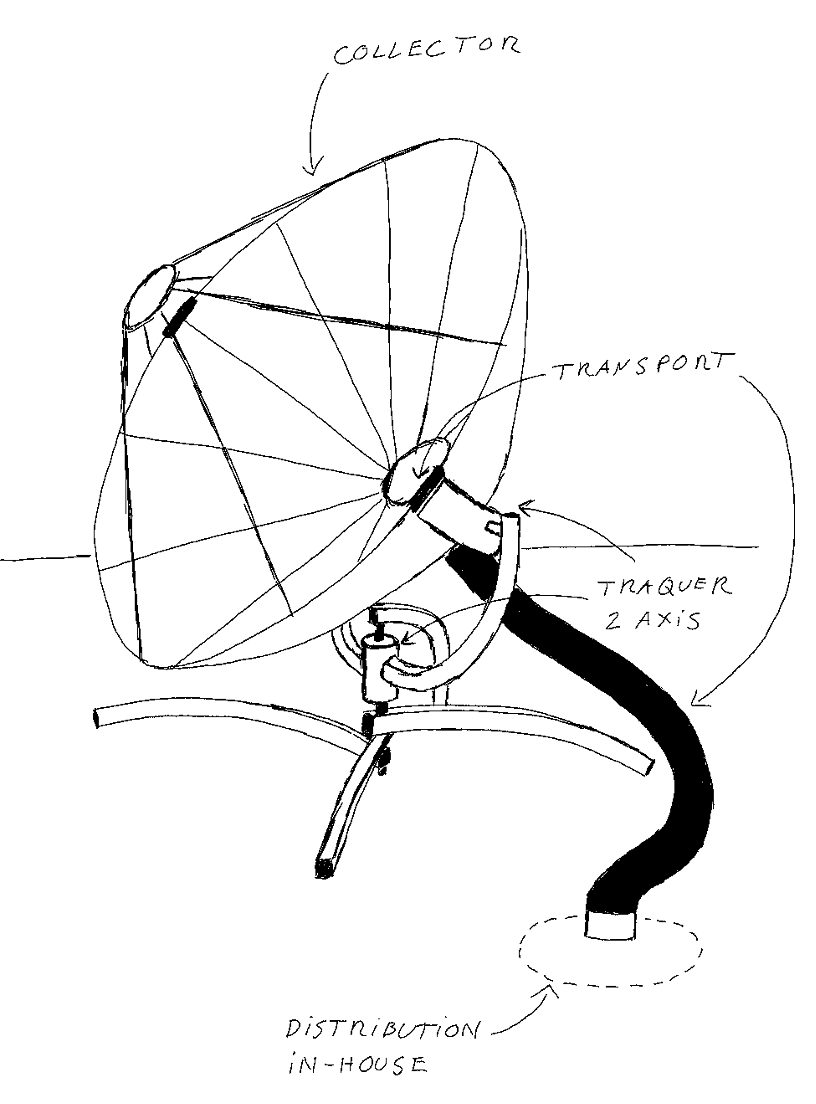
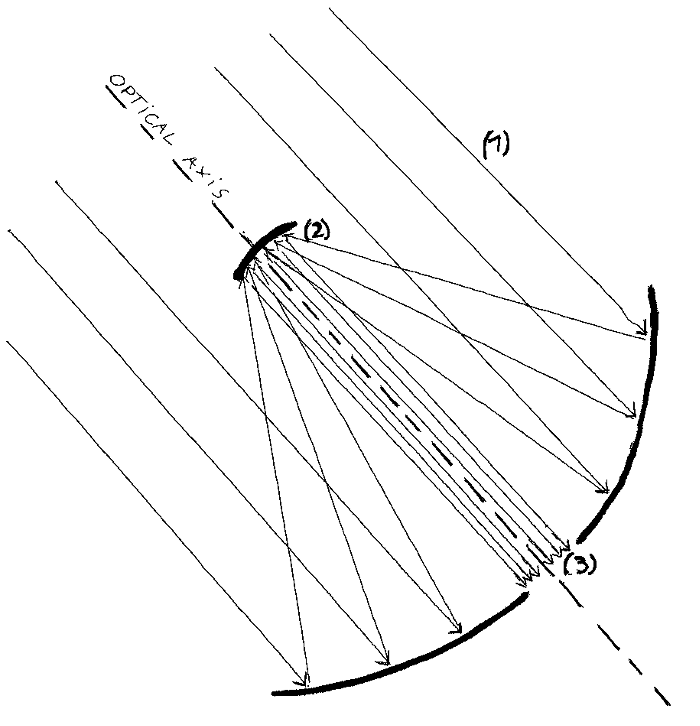
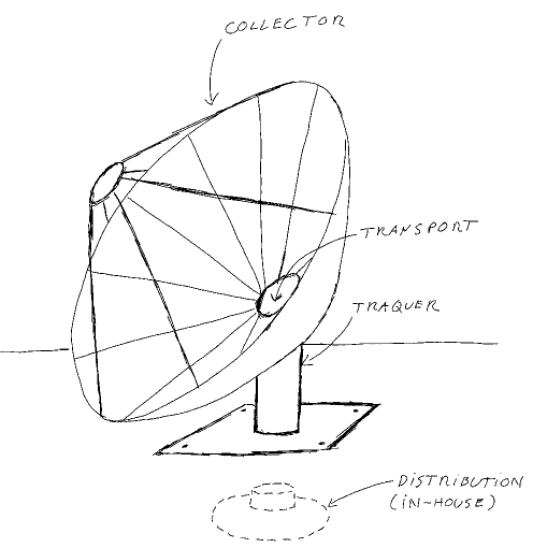
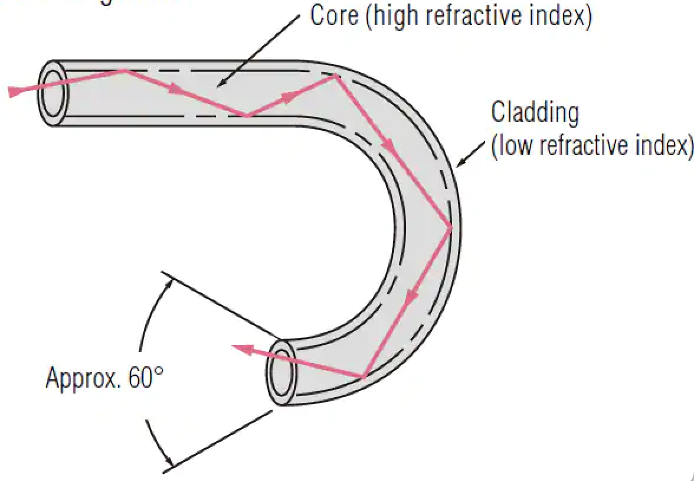
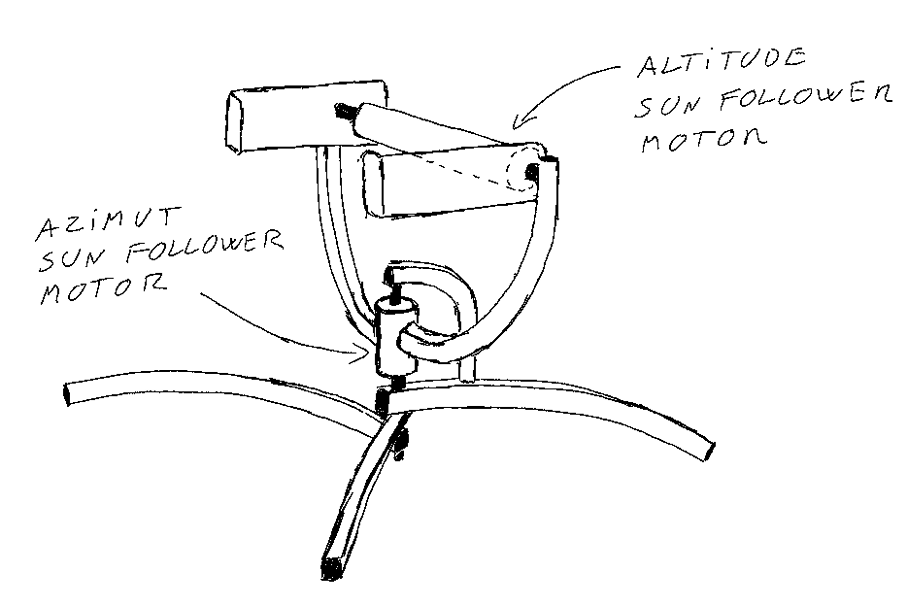
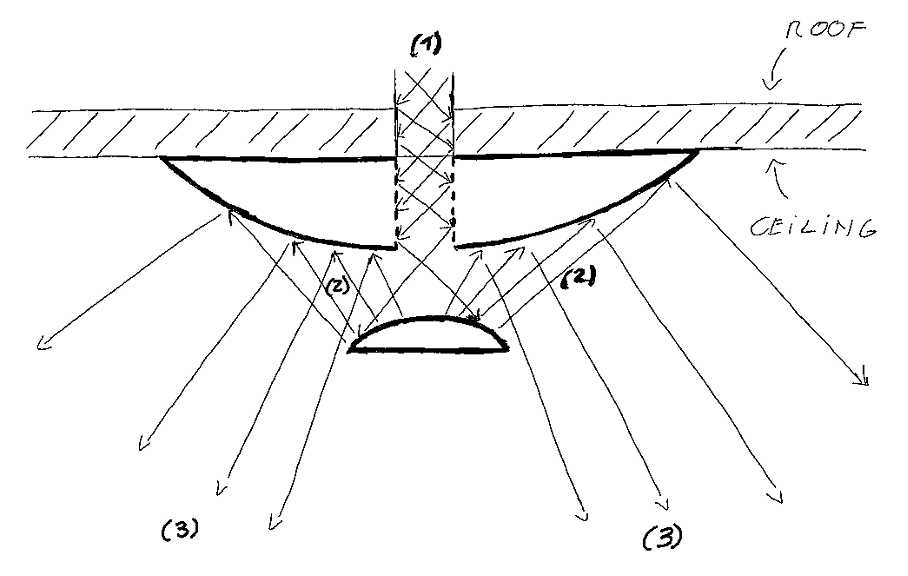
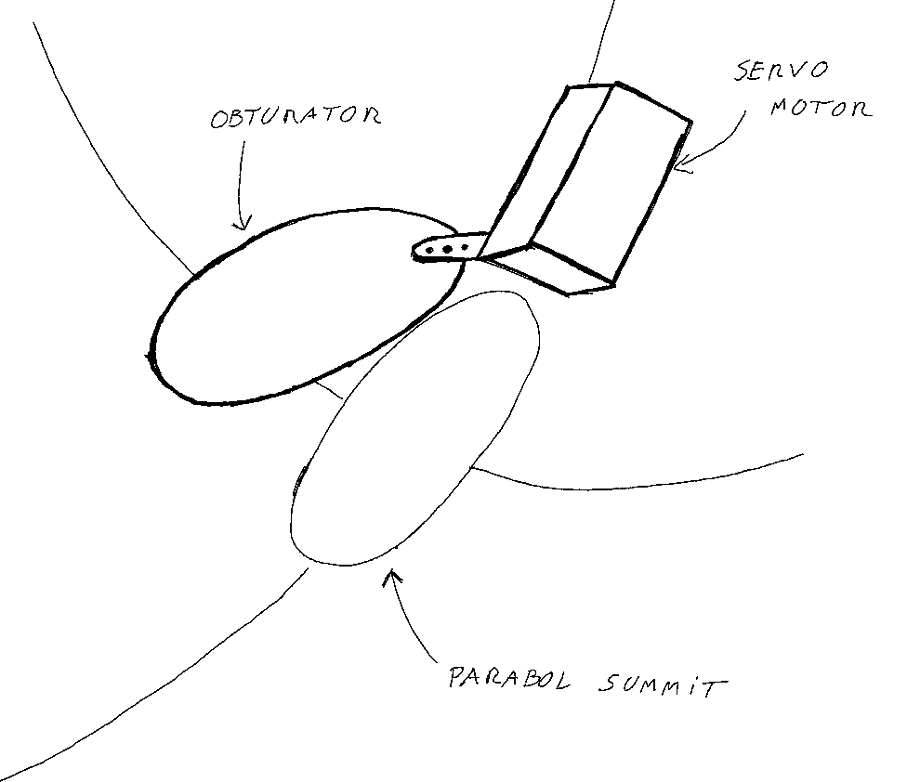
Discussions
Become a Hackaday.io Member
Create an account to leave a comment. Already have an account? Log In.